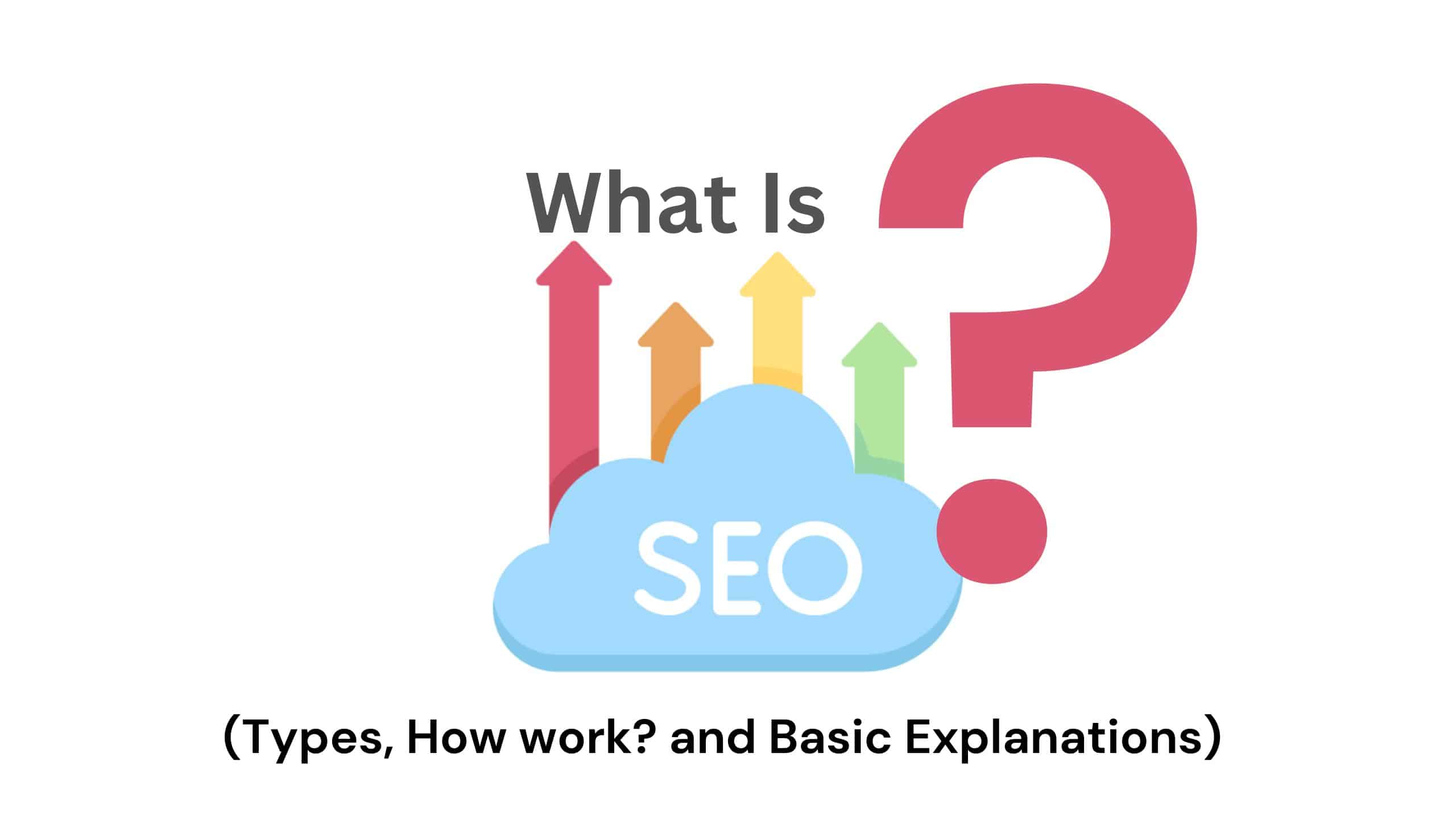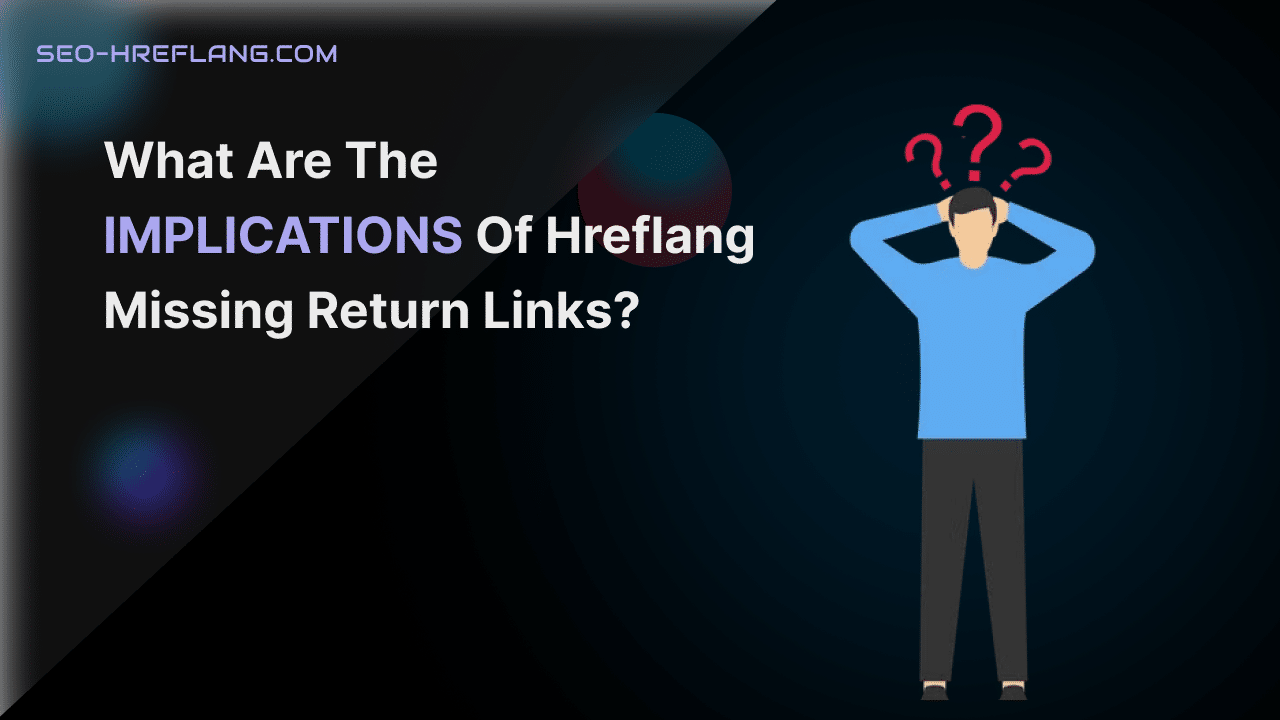Improving your website’s SEO (Search Engine Optimization) is crucial for increasing visibility and attracting organic traffic. One effective way to enhance your SEO strategy is by utilizing the SEO Hreflang Customizer Plugin.
This plugin helps you implement hreflang tags on your website, which are essential for targeting international audiences and avoiding duplicate content issues. In this comprehensive guide, we’ll explore how to optimize your website’s SEO using the SEO Hreflang Customizer Plugin, covering various aspects and providing step-by-step instructions. Let’s dive in!
Table of Contents
- Introduction to SEO Hreflang Customizer Plugin
- Understanding Hreflang Tags
- What are Hreflang Tags?
- Why are Hreflang Tags Important for SEO?
- Common Hreflang Tag Mistakes to Avoid
- Installing and Configuring SEO Hreflang Customizer Plugin
- Step 1: Plugin Installation
- Step 2: Accessing Plugin Settings
- Step 3: Configuring Hreflang Tags
- Implementing Hreflang Tags on Your Website
- Method 1: Manually Adding Hreflang Tags
- Method 2: Using SEO Hreflang Customizer Plugin
- Best Practices for Hreflang Tag Implementation
- Defining Language and Country Codes
- Handling Language Variations
- Targeting Regional Variations
- Dealing with Duplicate Content
- Testing and Verifying Hreflang Tag Implementation
- Using Google Search Console
- Other Hreflang Testing Tools
- Troubleshooting Common Hreflang Tag Issues
- Incorrect Hreflang Tag Placement
- Inconsistent or Missing Hreflang Tags
- Inaccurate Language and Country Codes
- Issues with XML Sitemaps
- Advanced Techniques with SEO Hreflang Customizer Plugin
- Automatic Hreflang Tag Generation
- Dynamic Hreflang Tag Customization
- Integration with Multilingual Plugins
- Monitoring and Maintaining Your Hreflang Tags
- Regularly Auditing Your Hreflang Tags
- Handling Website Updates and Changes
- Monitoring Hreflang Errors and Warnings
In this guide, we will cover everything you need to know about SEO Hreflang Customizer Plugin and how to maximize its potential for improving your website’s SEO. Let’s get started with an introduction to the plugin and an overview of hreflang tags.
1. Introduction to SEO Hreflang Customizer Plugin
The SEO Hreflang Customizer Plugin is a powerful tool that simplifies the implementation of hreflang tags on your website. It is designed to assist website owners and SEO professionals in targeting international audiences effectively. By using hreflang tags, you can specify the language and geographical targeting of your web pages, ensuring that search engines display the correct version to the right audience.
2. Understanding Hreflang Tags
What are Hreflang Tags?
Hreflang tags are HTML attributes used to indicate the language and geographical targeting of a webpage. They play a crucial role in international SEO by helping search engines understand which version of a webpage to display to users based on their language and location preferences.
Why are Hreflang Tags Important for SEO?
Hreflang tags provide several benefits for SEO, including:
- Avoiding Duplicate Content: Hreflang tags prevent search engines from penalizing your website for having duplicate content in multiple languages or regional variations.
- Targeting International Audiences: By implementing hreflang tags correctly, you can ensure that search engines direct users to the appropriate language and regional versions of your website.
- Enhancing User Experience: Hreflang tags improve the user experience by serving content in the user’s preferred language and region, leading to higher engagement and conversions.
Common Hreflang Tag Mistakes to Avoid
While implementing hreflang tags, it’s important to avoid common mistakes that can negatively impact your website’s SEO. These mistakes include:
- Missing or Inconsistent Hreflang Tags: Ensure that you add hreflang tags to all relevant pages and that the language and country codes are consistent across the pages.
- Incorrect Language and Country Codes: Use the correct language and country codes defined by ISO standards to avoid confusion and ensure accurate targeting.
- Improper Placement of Hreflang Tags: Place hreflang tags in the correct location within the HTML code to ensure search engines can identify and interpret them accurately.
Now that we have a good understanding of hreflang tags, let’s proceed with installing and configuring the SEO Hreflang Customizer Plugin.
3. Installing and Configuring SEO Hreflang Customizer Plugin
Step 1: Plugin Installation
The first step is to install the SEO Hreflang Customizer Plugin. Here’s how:
- Log in to your WordPress dashboard.
- Navigate to “Plugins” and click on “Add New.”
- In the search bar, type “SEO Hreflang Customizer” and press enter.
- Locate the plugin in the search results and click on “Install Now.”
- Once the installation is complete, click on “Activate” to activate the plugin.
Step 2: Accessing Plugin Settings
After activating the plugin, you can access its settings by following these steps:
- From your WordPress dashboard, go to “SEO Hreflang.”
- This will take you to the plugin’s settings page, where you can configure the hreflang tags for your website.
Step 3: Configuring Hreflang Tags
On the SEO Hreflang Customizer Plugin settings page, you will find various options to customize your hreflang tags. Let’s explore some key settings:
- Default Language and Country Code: Set the default language and country code for your website. These will be used for pages that don’t have specific hreflang tags.
- Language and Country Mapping: Map your website’s languages and regions with their respective language and country codes.
- Automatic Hreflang Tags: Enable this option if you want the plugin to generate hreflang tags automatically based on your language and country mapping.
- Advanced Options: Here, you can fine-tune the hreflang tag generation process by specifying custom URL patterns, excluding certain pages, and more.
Once you have configured the plugin settings, it’s time to implement hreflang tags on your website. There are two primary methods: manual implementation and using the SEO Hreflang Customizer Plugin. Let’s explore both methods.
4. Implementing Hreflang Tags on Your Website
Method 1: Manually Adding Hreflang Tags
Implementing hreflang tags manually involves adding the HTML attributes to the head section of your web pages. Follow these steps for manual implementation:
- Identify the language and country codes for each version of your web pages.
- Access the HTML source code of the page you want to add hreflang tags to.
- Locate the
<head>section within the HTML code. - Add the hreflang tags using the following syntax: <link rel=”alternate” hreflang=”xx-YY” href=”URL” /> Replace “xx-YY” with the language and country code, and “URL” with the URL of the corresponding page in the specified language and region.
- Repeat this process for each language and regional variation of your web pages.
Method 2: Using SEO Hreflang Customizer Plugin
The SEO Hreflang Customizer Plugin simplifies the implementation of hreflang tags by automating the process. Here’s how to use the plugin for hreflang tag implementation:
- Access the SEO Hreflang Customizer Plugin settings page.
- Enable the “Automatic Hreflang Tags” option.
- Save the changes.
- The plugin will automatically generate and insert the hreflang tags into the head section of your web pages based on the configured language and country mapping.
Using the plugin is a more efficient and convenient method, especially for websites with a large number of pages or frequent content updates. It ensures consistent implementation and reduces the chances of errors.
Now that you have implemented hreflang tags on your website, let’s explore some best practices for effective hreflang tag implementation.
5. Best Practices for Hreflang Tag Implementation
To maximize the benefits of hreflang tags, it’s important to follow these best practices:
Defining Language and Country Codes
Ensure you use the correct language and country codes defined by ISO standards. Use two-letter language codes (e.g., “en” for English, “es” for Spanish) and two-letter country codes (e.g., “US” for the United States, “GB” for the United Kingdom).
Handling Language Variations
If your website offers content in multiple languages, make sure each language version has a unique URL and its corresponding hreflang tag. Avoid using machine translation tools as a substitute for human translations, as they may lead to inaccurate content and confusion.
Targeting Regional Variations
If your website caters to different regional variations of a language (e.g., English for the United States and English for the United Kingdom), ensure that you implement hreflang tags accordingly. Use both the language and country codes to differentiate between regional variations.
Dealing with Duplicate Content
Hreflang tags are essential for avoiding duplicate content issues in multilingual or multi-regional websites. Ensure that each page has a self-referencing hreflang tag, indicating that it’s the canonical version for that language and region.
Additionally, it’s important to set up proper canonicalization and use canonical tags to point to the preferred version of a page, especially if you have similar content across different language or regional variations.
By following these best practices, you can improve the effectiveness of your hreflang tags and enhance your website’s SEO performance.
6. Testing and Verifying Hreflang Tag Implementation
After implementing hreflang tags, it’s crucial to test and verify their correctness. Here are a couple of methods to achieve this:
Using Google Search Console
Google Search Console provides a dedicated section for hreflang tag validation. Follow these steps to test your hreflang tags using Google Search Console:
- Log in to your Google Search Console account.
- Select the property (website) you want to test.
- Navigate to “International Targeting” under the “Settings” menu.
- Click on the “Language” tab.
- Here, you can see any errors or warnings related to your hreflang tags. Take appropriate actions to rectify any issues.
Other Hreflang Testing Tools
Several online tools are available for testing and validating hreflang tags. These tools analyze your website’s hreflang implementation and provide insights into any errors or inconsistencies. Some popular hreflang testing tools include hreflang.ninja, hreflang.org, and SEMrush.
Regularly testing and verifying your hreflang tags is crucial to ensure their accuracy and effectiveness in targeting the right audience.
7. Troubleshooting Common Hreflang Tag Issues
During hreflang tag implementation, you may encounter some common issues. Let’s explore them and learn how to troubleshoot them effectively:
Incorrect Hreflang Tag Placement
Ensure that your hreflang tags are placed within the head section of your web pages. Incorrect placement, such as placing them in the body section, can prevent search engines from properly identifying and interpreting the tags.
Inconsistent or Missing Hreflang Tags
Verify that you have implemented hreflang tags consistently across all relevant pages. Missing hreflang tags or inconsistent implementation can lead to incorrect targeting and confusion for search engines.
Inaccurate Language and Country Codes
Double-check that you are using the correct language and country codes for your hreflang tags. Errors in language and country codes can result in misinterpretation by search engines and inaccurate targeting.
Issues with XML Sitemaps
If you use XML sitemaps, ensure that your hreflang tags are included in the sitemap file. This helps search engines discover and understand the language and regional variations of your web pages more effectively.
By troubleshooting these common issues, you can ensure that your hreflang tags function correctly and contribute positively to your website’s SEO efforts.
8. Advanced Techniques with SEO Hreflang Customizer Plugin
The SEO Hreflang Customizer Plugin offers several advanced techniques to further enhance your hreflang tag implementation. Let’s explore some of these techniques:
Automatic Hreflang Tag Generation
The plugin’s automatic hreflang tag generation feature eliminates the need for manual tag insertion. By configuring the language and country mapping, the plugin can generate hreflang tags automatically for your web pages. This saves time and effort, especially for websites with a large number of pages.
Dynamic Hreflang Tag Customization
The plugin allows dynamic customization of hreflang tags based on various factors. You can customize the tags dynamically based on user geolocation, browser language settings, or any other criteria you define. This level of customization ensures a more personalized and targeted experience for your users.
Integration with Multilingual Plugins
If your website uses a multilingual plugin, such as WPML (WordPress Multilingual Plugin), the SEO Hreflang Customizer Plugin can integrate seamlessly with it. This integration ensures compatibility and a streamlined approach to implementing hreflang tags for multilingual websites.
Explore these advanced techniques to leverage the full potential of the SEO Hreflang Customizer Plugin and optimize your website’s hreflang tag implementation.
9. Monitoring and Maintaining Your Hreflang Tags
Implementing hreflang tags is not a one-time task. It requires ongoing monitoring and maintenance to ensure their accuracy and effectiveness. Here are some key aspects to consider:
Regularly Auditing Your Hreflang Tags
Perform periodic audits of your hreflang tags to identify any errors, inconsistencies, or missing tags. Regular audits help maintain the integrity of your hreflang implementation and avoid any potential issues.
Handling Website Updates and Changes
Whenever you make significant changes to your website, such as adding new pages or restructuring existing ones, ensure that you update your hreflang tags accordingly. This ensures that new pages are properly targeted and existing ones remain accurate.
Monitoring Hreflang Errors and Warnings
Keep an eye on any errors or warnings related to hreflang tags reported by Google Search Console or other testing tools. Address these issues promptly to maintain the effectiveness of your hreflang implementation.
By monitoring and maintaining your hreflang tags, you can ensure that they continue to serve their purpose and contribute to your website’s SEO success.
The SEO Hreflang Customizer Plugin is a valuable tool for improving your website’s SEO by implementing hreflang tags effectively. By following the steps outlined in this guide and adhering to best practices, you can target international audiences, avoid duplicate content issues, and enhance the user experience on your website.
Remember to regularly test, monitor, and maintain your hreflang tags to ensure their accuracy and effectiveness. Implementing hreflang tags with the SEO Hreflang Customizer Plugin is a powerful strategy to drive organic traffic and increase your website’s visibility in global search results.





